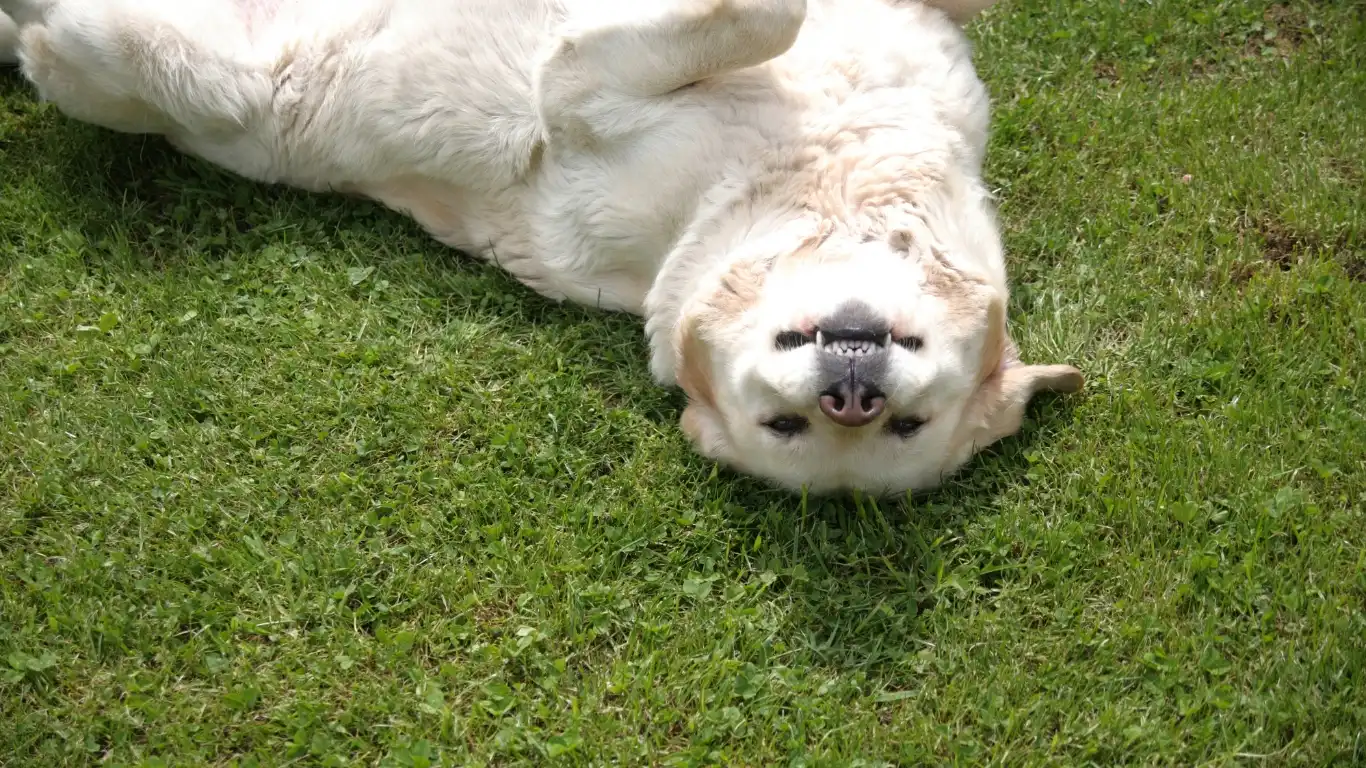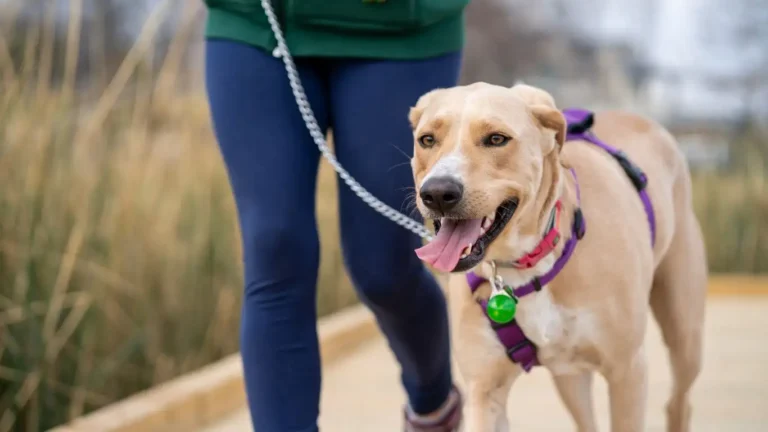How to Make Vet Visits Less Stressful for Your Dog: Expert Tips That Work
If you’re a dog owner, you’ve probably noticed how stressful vet visits can be for your furry friend—and for you too! From the moment you step into the clinic, your dog might start panting, shaking, or trying to hide under the car seat. How to make vet visits less stressful for your dog is a question I get asked a lot, especially in my work as a Veterinary Technician specializing in nutrition. Over the years, I’ve seen firsthand how a few simple strategies can turn what feels like a battle into a much smoother, even positive experience for both pets and their humans. So, let’s chat about some practical, easy-to-implement tips to ease your dog’s anxiety and make those vet trips a little less dreadful.
Understanding Why Vet Visits Are Stressful

First things first: It helps to understand why dogs find vet visits so overwhelming. For many dogs, the vet clinic is a place filled with unfamiliar smells, strange sounds, and strange people—plus the experience of being handled in ways that might be uncomfortable or scary. It’s no wonder they feel uneasy! Also, if your dog has had previous negative experiences at the vet, they can build a lasting association between the clinic and stress or pain.
In my years working alongside vets and pet parents, I’ve learned that recognizing these triggers is the key to making positive changes. Remember, dogs don’t think like humans—they don’t understand that the visit is “for their own good.” Instead, they pick up on your own stress and the environment, which can escalate their anxiety.
How to Make Vet Visits Less Stressful for Your Dog: Practical Tips

Start with Familiarization and Positive Associations
One of the most effective ways to ease vet visit anxiety is to make the clinic feel less scary before you even get there. Take some time to familiarize your dog with the vet’s environment by stopping by for a quick visit, just to say hi and get a treat from the staff. It might sound simple, but these small positive interactions help build trust.
In my experience, carrying your dog’s favorite treats or toys during the visit can work wonders. Offering rewards when your dog remains calm reinforces that the vet visit isn’t all bad. It’s a classic case of counter-conditioning—turning a previously stressful experience into a pleasant one.
Practice Handling Exercises at Home
Before the actual vet visit, spend some time getting your dog comfortable with gentle handling. This can include touching their paws, ears, and mouth in a calm, playful way. This preparation helps reduce the shock when the vet or tech needs to examine or handle those sensitive areas.
When I worked with nervous dogs, I often suggested owners make this a fun game, rewarding their pup for letting them touch and inspect. The more your dog associates being touched with positive experiences, the less they’ll resist at the vet’s office.
Choose the Right Appointment Time
Timing matters more than most people realize. Scheduling your appointment during quieter hours means less noise, fewer dogs, and a calmer waiting room. From personal experience, early mornings or mid-afternoons tend to be less hectic, which can really reduce stress for sensitive pups.
Bring Comfort Items
Don’t underestimate the power of comfort objects like a familiar blanket or your dog’s favorite toy. These items carry your dog’s scent and can provide a sense of security in an unfamiliar place. I’ve seen dogs literally snuggle into their blanket and relax while waiting for their turn—something that’s priceless for stressed pets.
Stay Calm and Positive Yourself
It might sound cliché, but your mood greatly influences your dog’s reaction. If you’re nervous or anxious, your dog will pick up on that energy and mirror it. When I guide pet owners, I always stress the importance of staying calm and speaking in soothing tones throughout the visit. Believe me, it makes a huge difference!
More Tips on How to Make Vet Visits Less Stressful for Your Dog

Use Calming Aids and Natural Remedies
If you’ve tried the basics and your dog is still anxious, there are a variety of calming aids that can help take the edge off. From pheromone sprays and collars to calming chews and supplements, these can be incredibly useful tools. When I was working in the clinic, I often recommended products like Adaptil, which mimics calming pheromones dogs naturally produce. Many pet parents have told me these helped their dogs feel more relaxed during visits.
Just a quick note: always check with your vet before introducing any supplements or medications. Every dog is unique, and what works for one might not be ideal for another.
Consider Short, Low-Stress Visits Regularly
One thing that surprised me when I first started working in veterinary medicine is how much easier visits become when dogs get used to the clinic environment outside of illness or emergencies. Try scheduling short, positive visits where nothing stressful happens—just a quick hello, some treats, and maybe a bit of petting or a leash walk in the clinic.
These “fun visits” can help break the cycle of anxiety because your dog learns that vet visits don’t always mean shots or scary exams. It’s a simple way to build positive memories.
Keep Your Dog’s Routine as Normal as Possible
Routine is a huge comfort to dogs. If you can keep your dog’s feeding, walking, and playtimes consistent around the vet visit, it can reduce stress levels. Sometimes pet parents get so wrapped up in the vet appointment they unintentionally throw off their dog’s schedule, which only adds to the anxiety.
In my experience, dogs thrive on predictability—so keeping their day as close to normal as possible really helps them feel safe.
Communicate Openly with Your Vet Team
As a Veterinary Technician, I can’t stress enough how important it is to keep the communication lines open with your vet and their team. Let them know about your dog’s fears, any past negative experiences, or even what calms your dog down. The more your vet knows, the better they can tailor the visit to your dog’s needs.
Many clinics are becoming more aware of pet anxiety and will take extra time or use gentle handling techniques if they know your dog needs it. Don’t be shy about asking for accommodations like a quiet room or for the vet to come to you in the waiting area.
Handling Your Dog During the Visit

Be Your Dog’s Advocate
When you’re at the vet, you’re your dog’s biggest advocate. If you notice your dog getting overwhelmed or scared, don’t hesitate to speak up. Ask the vet or technician to pause, give your dog a moment to breathe, or try a different approach. I’ve seen so many pets become calmer just because their owner stepped in with a reassuring voice or a gentle pet.
Sometimes, even simple things like removing a leash, lowering the lights, or using a soft voice can make a huge difference in calming a stressed dog.
Use Distraction Techniques
Distraction is a great tool during exams or procedures that might cause discomfort. Try bringing a favorite toy or treat that your dog only gets during vet visits. Offering something engaging can help shift your dog’s focus away from what’s happening around them.
I remember one nervous little terrier who would start trembling the moment the vet came close. But once his owner pulled out a squeaky toy and got him playing, the tension melted away and the checkup went much smoother.
Practice Patience and Praise
Every dog is different, and it’s important to remember that progress might take time. Be patient with your dog—and yourself! Celebrating small wins, like calmly waiting in the exam room or allowing a paw to be touched, is essential. Use plenty of praise and rewards to reinforce good behavior.
During my years as a vet tech, I’ve learned that patience paired with positive reinforcement is the winning combo. It builds trust and helps your dog feel more secure with each visit.
Long-Term Strategies to Keep Vet Visits Stress-Free

Build Confidence Through Training
One thing I always recommend as a vet tech is incorporating basic training that can help your dog feel more secure during vet visits. Teaching simple commands like “sit,” “stay,” or “leave it” can give your dog a sense of control in unfamiliar situations. When your dog knows what you want and trusts your guidance, it’s easier for them to cope with stress.
In practice, I’ve noticed that dogs with a solid foundation of obedience and positive reinforcement tend to respond better to vet handling. It’s not about being perfect but about building trust between you and your dog.
Consider Professional Help for Severe Anxiety
If your dog’s anxiety is severe and nothing seems to help, seeking advice from a professional behaviorist or trainer can be a game-changer. These experts specialize in understanding canine fears and can develop personalized desensitization and counter-conditioning plans.
In some cases, veterinarians may also recommend short-term medications or calming prescriptions to ease your dog through particularly tough visits. As a veterinary nurse, I always stress that this should be combined with behavior work for the best long-term results.
Practice “Home Exams” to Familiarize Your Dog with Handling
Another technique I often share with pet parents is doing gentle “home exams” regularly. This involves checking your dog’s ears, mouth, teeth, paws, and body at home in a calm, slow manner. Making these checks a routine part of your care helps your dog become accustomed to being touched in ways similar to what happens at the vet.
The goal isn’t to diagnose anything yourself but to help your dog feel safe being handled. This builds trust and often makes the actual vet exam go much more smoothly.
Preparing Yourself Mentally and Physically

Stay Relaxed and Confident
Dogs are incredible at reading our body language and emotions. If you’re stressed or worried, they’ll pick up on that and mirror it. In my experience working with nervous pets, owners who practice staying calm and confident help their dogs feel safer.
Before the appointment, take a few deep breaths, remind yourself that you’re doing your best for your dog, and try to project a calm energy. Your dog will notice, and it makes a world of difference.
Bring a Support Person
Sometimes having an extra pair of hands or a calm presence can help tremendously. If your dog tends to get anxious, ask a friend or family member to come along for support. They can hold your dog, help with treats, or simply be a comforting presence.
When I was a vet tech, I saw how dogs often responded better when someone they trusted was nearby. It’s a simple but powerful tip.
Plan Ahead for Aftercare
After the appointment, give your dog plenty of love and reassurance. Whether it’s extra playtime, cuddles, or a special treat, reward your dog for getting through the visit. This helps them end the experience on a positive note.
I always advise clients to watch their dog carefully after vet visits, especially if any procedures or medications were involved, and keep the environment calm and comfortable.
References & Resources
- American Veterinary Medical Association
- American Animal Hospital Association
- International Association of Animal Behavior Consultants
- Veterinary Information Network
Disclaimer
This article is intended for informational purposes only and does not replace professional veterinary advice. Always consult your veterinarian before starting any new treatment, supplement, or behavior modification plan for your dog. Individual pets may react differently, and your vet can provide guidance tailored to your dog’s specific health and needs.






